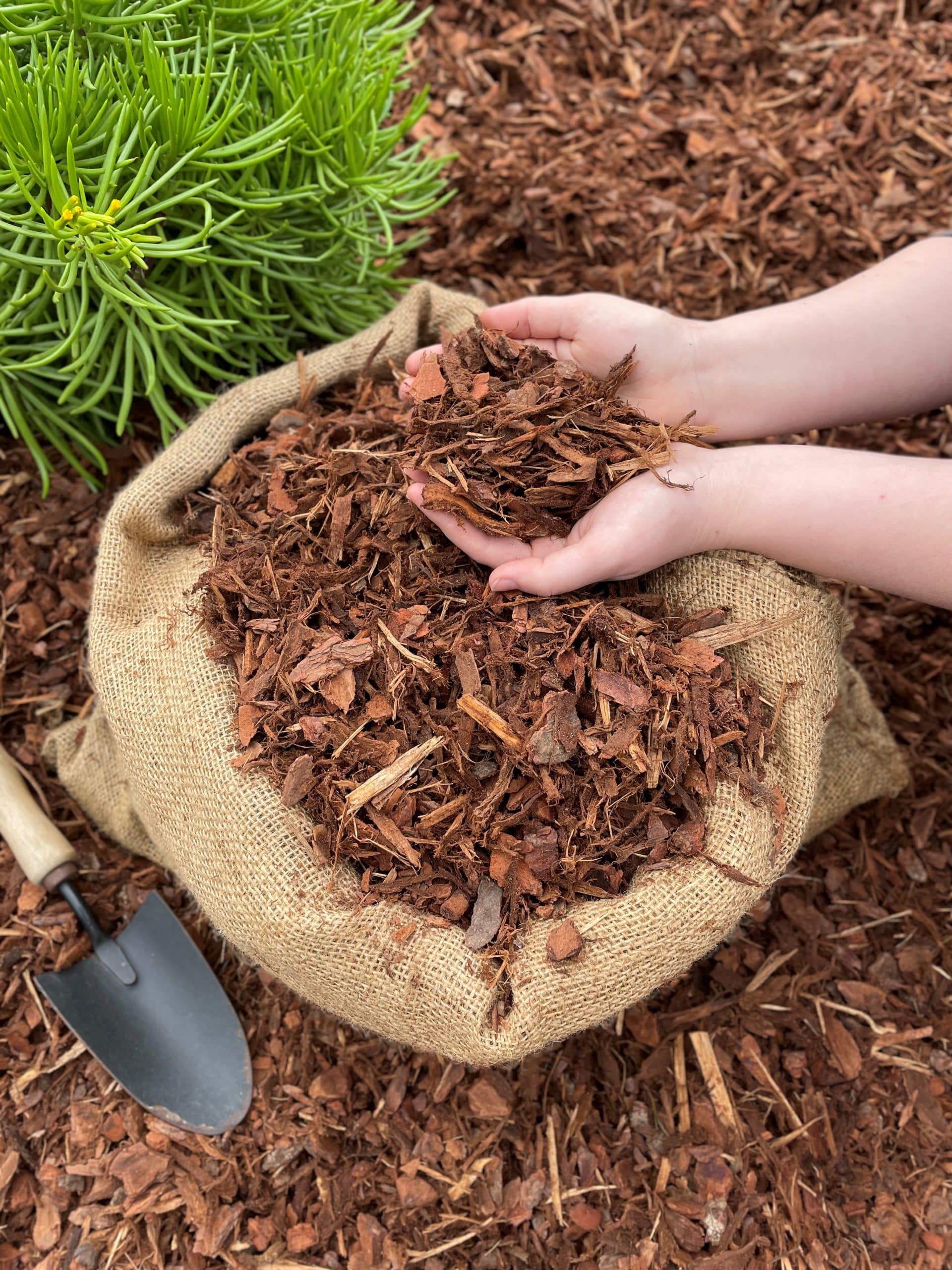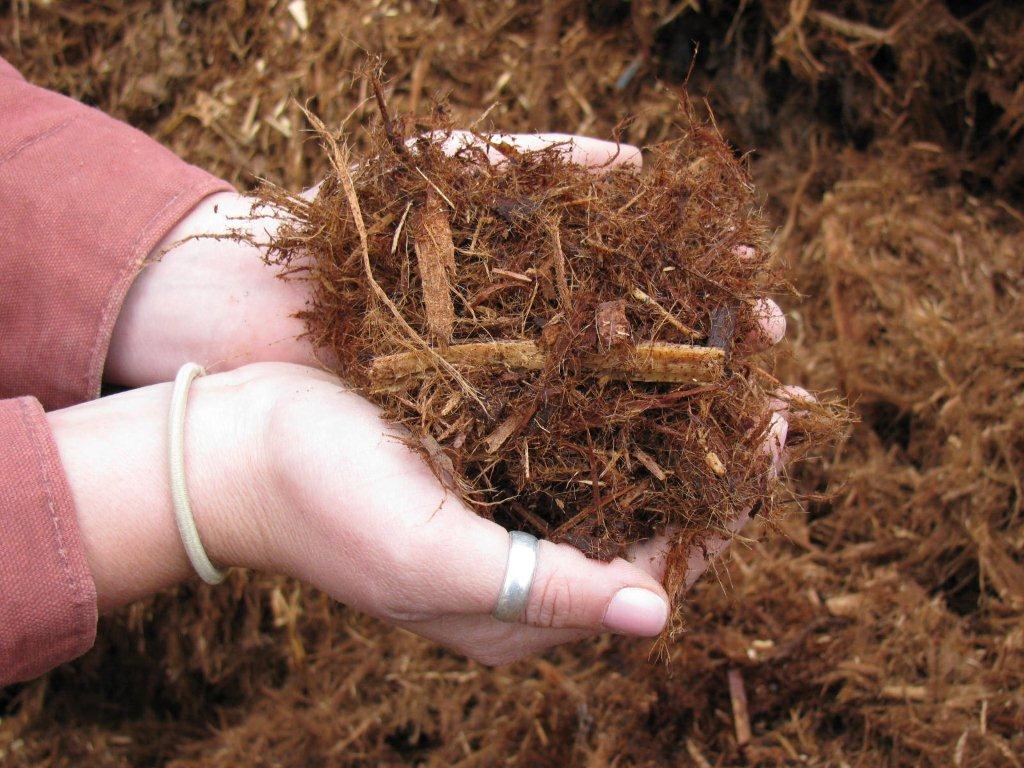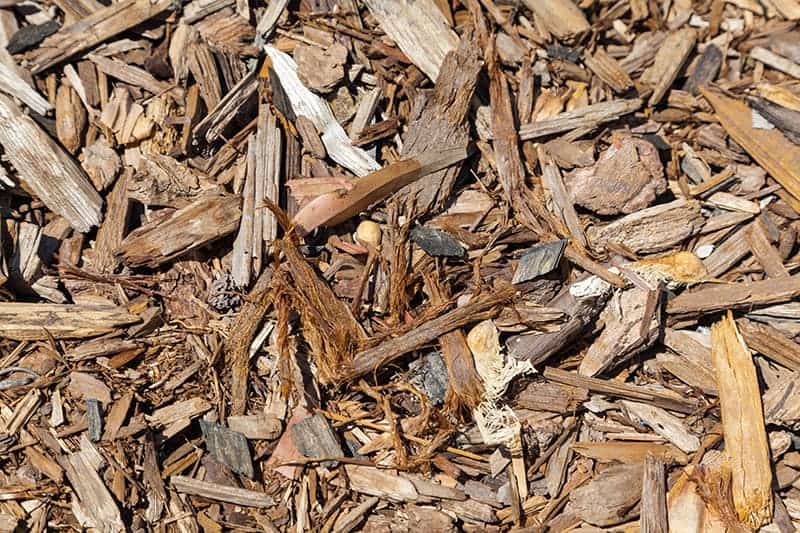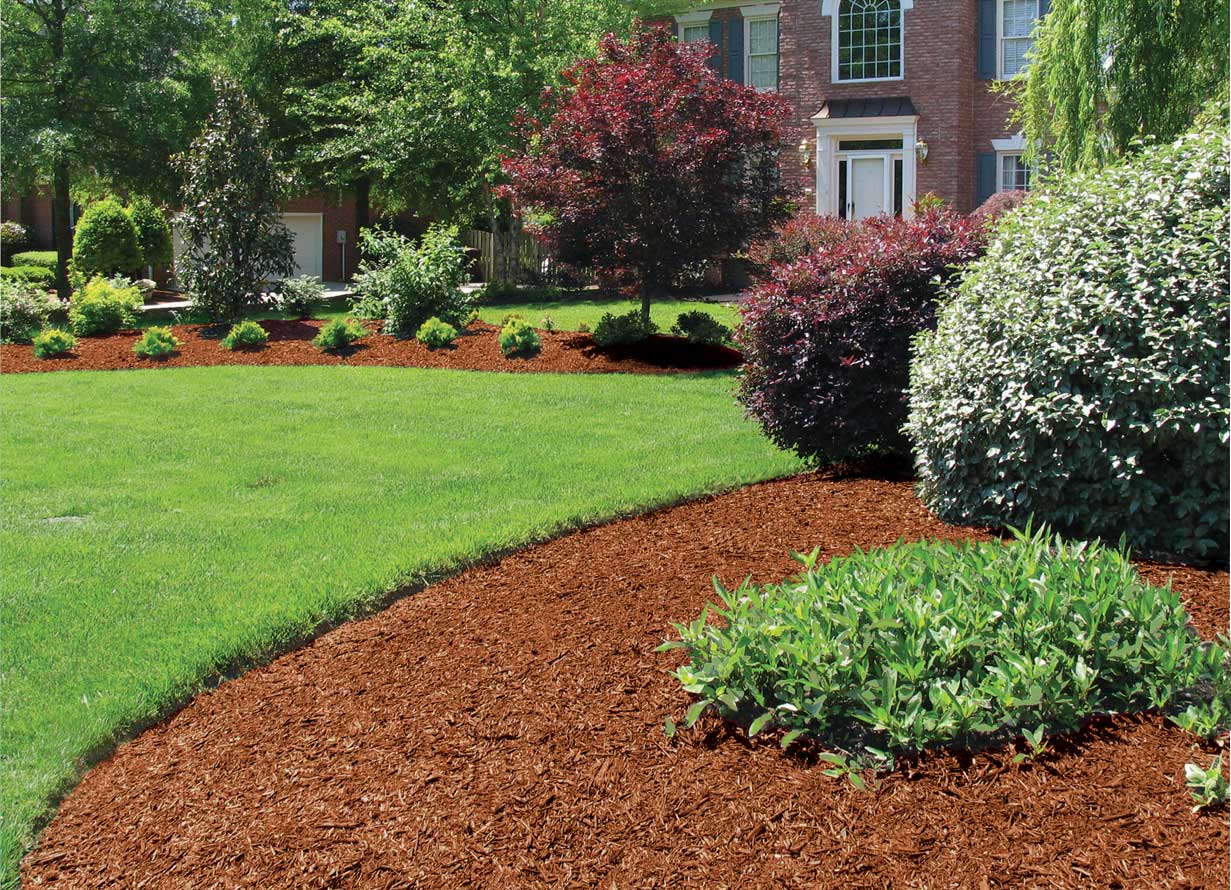Best Types Of Bark Mulch For Landscaping
Best Types of Bark Mulch for Landscaping
Mulch is a layer of organic material that is spread around plants to improve the health and appearance of your landscape. It helps to retain moisture in the soil, suppress weeds, and prevent erosion. Bark mulch is a popular type of mulch because it is attractive, long-lasting, and relatively inexpensive.
There are many different types of bark mulch available, each with its own unique properties. Some of the most popular types of bark mulch include:
- Pine bark mulch: Pine bark mulch is a light brown color and has a pleasant, woodsy scent. It is relatively inexpensive and easy to find. Pine bark mulch is a good choice for most plants, but it can be acidic, so it is not a good choice for plants that prefer alkaline soil.

- Redwood bark mulch: Redwood bark mulch is a deep red color and has a slightly stronger scent than pine bark mulch. It is more expensive than pine bark mulch, but it is also longer-lasting. Redwood bark mulch is a good choice for most plants, and it is especially beneficial for plants that prefer acidic soil.

- Hemlock bark mulch: Hemlock bark mulch is a light gray color and has a mild, woodsy scent. It is less common than pine or redwood bark mulch, but it is also less expensive. Hemlock bark mulch is a good choice for most plants, and it is especially beneficial for plants that prefer alkaline soil.
- Cedar bark mulch: Cedar bark mulch is a light brown color and has a strong, cedary scent. It is more expensive than other types of bark mulch, but it is also the most insect- and rot-resistant. Cedar bark mulch is a good choice for plants that are prone to insect damage, and it can also be used to repel pests from other parts of your landscape.

When choosing a type of bark mulch for your landscape, it is important to consider the following factors:
- The color and texture of the mulch: The color and texture of the mulch will affect the overall appearance of your landscape. If you are looking for a natural look, then a light brown or red bark mulch would be a good choice. If you want a more dramatic look, then a dark brown or black bark mulch would be a better option.
- The size of the mulch: The size of the mulch will affect how quickly it decomposes. Larger pieces of bark mulch will last longer than smaller pieces. If you are looking for a long-lasting mulch, then shredded or chipped bark mulch would be a good choice. If you are on a budget, then you can use larger pieces of bark mulch, but you will need to reapply it more frequently.
- The pH level of the mulch: The pH level of the mulch is important if you have plants that prefer acidic or alkaline soil. Pine bark mulch is acidic, while redwood and hemlock bark mulch are alkaline. Cedar bark mulch is neutral.
- The cost of the mulch: Bark mulch can range in price from a few dollars to over $10 per cubic yard. The cost of the mulch will depend on the type of bark, the size of the pieces, and the location of your nursery or garden center.
Once you have considered all of these factors, you can choose the best type of bark mulch for your landscape. With a little planning, you can add a touch of beauty and functionality to your outdoor space.
Are you looking for the perfect type of bark for your landscaping project? There are many different types of bark available, each with its own unique benefits. Some of the most popular types of bark for landscaping include:
- Pine bark: Pine bark is a good choice for areas with high foot traffic, as it is durable and resists compaction. It is also a good choice for areas with sandy soil, as it helps to improve drainage.
- Spruce bark: Spruce bark is a light-colored bark that is often used in decorative landscaping projects. It is also a good choice for areas with poor drainage, as it helps to retain moisture.
- Hemlock bark: Hemlock bark is a dark-colored bark that is often used in formal landscaping projects. It is also a good choice for areas with high deer populations, as deer typically avoid eating hemlock bark.
- Redwood bark: Redwood bark is a durable and long-lasting bark that is often used in commercial landscaping projects. It is also a good choice for areas with hot, dry climates, as it helps to retain moisture.
No matter what your landscaping needs are, there is a type of bark that is perfect for you. To learn more about the different types of bark available, visit Home Gardening.
FAQ of types of bark for landscaping
- What are the different types of bark mulch?
There are many different types of bark mulch available, each with its own unique properties. Some of the most common types include:
* Pine bark mulch: This is the most popular type of bark mulch. It is relatively inexpensive and easy to find. Pine bark mulch has a light brown color and a pleasant, woodsy scent. It is a good choice for most landscaping applications.
* Cedar bark mulch: Cedar bark mulch has a strong, cedary scent that can help to repel insects and pests. It is a good choice for vegetable gardens and around fruit trees. Cedar bark mulch is more expensive than pine bark mulch, but it lasts longer.
* Hemlock bark mulch: Hemlock bark mulch has a dark brown color and a fine, uniform texture. It is a good choice for formal gardens and around flower beds. Hemlock bark mulch is more expensive than pine bark mulch, but it also lasts longer.
* Oak bark mulch: Oak bark mulch has a deep brown color and a coarse, chunky texture. It is a good choice for large, open areas such as patios and walkways. Oak bark mulch is more expensive than pine bark mulch, but it also lasts longer.
* Hardwood bark mulch: Hardwood bark mulch is made from a variety of hardwood trees, such as maple, oak, and ash. It has a dark brown color and a coarse, chunky texture. Hardwood bark mulch is a good choice for areas with heavy foot traffic, such as walkways and driveways. It is also more expensive than pine bark mulch, but it also lasts longer.
- What are the benefits of using bark mulch in landscaping?
Bark mulch offers a number of benefits for landscaping, including:
* Improves drainage: Bark mulch helps to improve drainage by absorbing excess water and preventing it from pooling around plant roots. This can help to prevent root rot and other plant diseases.
* Retains moisture: Bark mulch helps to retain moisture in the soil, which can help plants to thrive during dry periods.
* Suppresses weeds: Bark mulch helps to suppress weeds by blocking out sunlight and making it difficult for weed seeds to germinate.
* Attracts beneficial insects: Bark mulch can attract beneficial insects, such as ladybugs and praying mantises, which can help to control pests.
* Improves soil health: As bark mulch decomposes, it releases nutrients into the soil, which can help to improve soil health.
* Beautifies the landscape: Bark mulch can add a touch of natural beauty to any landscape.
- How much bark mulch do I need?
The amount of bark mulch you need will depend on the size of the area you are mulching. As a general rule, you will need about 2-3 inches of bark mulch.
- How often do I need to reapply bark mulch?
The frequency with which you need to reapply bark mulch will depend on the type of mulch you use and the amount of foot traffic in the area. In general, you will need to reapply bark mulch every 1-2 years.
- What are some tips for using bark mulch?
Here are some tips for using bark mulch:
* Apply bark mulch in a uniform layer. This will help to prevent weeds from growing and make your landscape look neat and tidy.
* Don't apply bark mulch too close to plant stems. This can cause the stems to rot.
* Reapply bark mulch as needed. As the bark mulch breaks down, it will need to be replaced.
* Remove any dead or dying leaves or branches from the bark mulch. This will help to prevent pests and diseases from spreading.
Image of types of bark for landscaping
- Pine bark mulch is a popular choice for landscaping because it is relatively inexpensive and easy to find. It comes in a variety of colors, including light brown, dark brown, and red. Pine bark mulch is also a good choice for retaining moisture and suppressing weeds.
- Cedar bark mulch is another popular choice for landscaping. It has a strong, pleasant scent that can help to deter pests. Cedar bark mulch is also naturally resistant to decay, so it can last for several years.

- Hemlock bark mulch is a good choice for areas with high rainfall. It is more resistant to rotting than other types of bark mulch. Hemlock bark mulch also has a natural silvery-gray color that can add an elegant touch to your landscape.

- Douglas fir bark mulch is a good choice for areas with cold winters. It is more resistant to freezing and thawing than other types of bark mulch. Douglas fir bark mulch also has a rich, chocolate brown color that can add warmth to your landscape.
- Oak bark mulch is a good choice for areas with high foot traffic. It is more durable than other types of bark mulch and can withstand being walked on without breaking down. Oak bark mulch also has a rich, reddish-brown color that can add a touch of elegance to your landscape.

- Chestnut bark mulch is a good choice for areas with dry climates. It is more drought-tolerant than other types of bark mulch. Chestnut bark mulch also has a beautiful, golden brown color that can add warmth and depth to your landscape.

- Aspen bark mulch is a good choice for areas with low maintenance requirements. It is relatively low in nutrients, so it does not need to be replenished as often as other types of bark mulch. Aspen bark mulch also has a soft, light brown color that can add a touch of elegance to your landscape.

- Birch bark mulch is a good choice for areas with high pH levels. It has a slightly alkaline composition that can help to neutralize acidic soils. Birch bark mulch also has a beautiful, light brown color that can add warmth and depth to your landscape.

- Maple bark mulch is a good choice for areas with high humidity. It is more resistant to mold and mildew than other types of bark mulch. Maple bark mulch also has a rich, reddish-brown color that can add warmth and depth to your landscape.

- Eucalyptus bark mulch is a good choice for areas with hot, dry climates. It is more drought-tolerant than other types of bark mulch and can help to suppress weeds. Eucalyptus bark mulch also has a strong, pleasant scent that can help to deter pests.

Post a Comment for " Best Types Of Bark Mulch For Landscaping"